TAG Precision—American-made RMR Plate for Kimber
For users of optics-ready Kimber 1911 and 2K11 pistols, TAG Precision has announced…
For users of optics-ready Kimber 1911 and 2K11 pistols, TAG Precision has announced…
Fountain Valley, CA—SureFire, LLC, manufacturer of the world’s finest—and most innovative—illumination tools and…
Shinenyx—creators of a cutting-edge fusion of digital night vision and thermal imaging technology—has…
All shooting is a balance between speed and precision. By that I mean you can…
The Mod-Navy Qual I’ve been doing this qual (or drill, or whatever the current nom…
• Built for road trips and off-road use• Manual transmission equipped• Wrapped in MultiCam Arctic…
Often overlooked, training in tactical first aid is an important part of being a well rounded and prepared person. In this article Doug discusses how to gain the skills necessary to recognize and manage life-threatening injuries during and after the fight.
It’s a beautiful Saturday morning and you’re headed out to the farmer’s market with your family or friends. You know that it’s unlikely the wolf will come today, but you have your daily carry gear anyway just like you always do.
Unfortunately, it turns out that today IS that day, and as you scan the scene you find someone you’re with has been shot… and suddenly you’re engaged in a gunfight.
What’s your move?
If you’re reading this, chances are you have put some thought into your everyday-carry gear but often people neglect to include a key component. Along with your firearm, light, and other items, a tactical first aid kit should be part of your daily-carry gear and the knowledge and skills needed to deploy it effectively should also be in your toolbox.
It’s important to understand the realities of civilian gunshot wounds and how to handle them. Most penetrating injuries are not immediately life-threatening but there are some injuries where death can occur before the fire department responds if they’re not managed properly and quickly.
Tactical Combat Casuality Care (TCCC) is quickly becoming the standard of care for the management of combat casualties within the Department of Defense and is the sole standard of care endorsed by both the American College of Surgeons and the National Association of EMT’s for casualty management in tactical environments. Their data shows that 60% of preventable combat deaths are from extremity hemorrhage, 33% from tension pneumothorax, and 6% airway obstruction. All three of these conditions can be treated at some level with the equipment and training provided in a tactical first aid course and this treatment can make the difference in getting the victim to a favorable outcome.
There are a variety of courses available across the country which can be found with an internet search. As always, find a course and instructor that meets your training goals. I’m fortunate enough to have had opportunities to train with InSights Training Center which offers a fantastic Tactical First Aid course specifically designed to address the types of injuries likely to result from violent encounters. The course is very informative and the skills taught may one day prove invaluable.
Treatment of the injured during a gunfight is much different than treating someone injured in other scenarios. Generally, you don’t treat while under fire. The first step in treating the wounded is to neutralize the threat preventing further harm to victims and rescuers. The next step is to move the injured individual to a defensible position. If able, the injured person can then begin to self-treat while you continue to fight if necessary.
Once the threat is removed and the patient is in a safe place, the most important thing to do is to stop critical bleeding. Immediate stoppage of bleeding may make the difference between life and death. For major bleeding tourniquets may be the answer and, if so, they need to be applied immediately. Hence, they’re one item which should be part of your daily-carry kit once you obtain appropriate training in their use. There are several items to carry in the kit as the variety of wound possibilities requires a myriad of treatment options. Yet, at the same time, it’s not at all practical to carry around an entire trauma center on your back, so we must optimize our kit to treat what we need to while being able to carry it. No different from a handgun – if it’s too large and/or uncomfortable to carry, it’s unlikely you’ll carry it… and it doesn’t do you any good if you don’t have it when you need it.
Between your course instructor and the numerous resources online you will find ample information of what people are opting to put in their tactical first aid kit. There are many considerations when deciding what supplies are right for your personal situation. How the kit will be carried and the response time of EMS are just two examples of factors that should enter into the building of your kit. Some items you might find in a very basic pocket-sized kit are gloves, combat tourniquets, triangular bandages, QuikClot gauze dressings, a small roll of duct tape, and especially for parents of children things like packets of antibiotic ointment and bandages with the child’s favorite characters on them. Never underestimate the healing power of a Batman bandaid.
“The fate of the wounded lays with those who apply the first dressing.”
Tactical first aid is an aspect of training and daily-carry gear which is commonly overlooked even though, just like a flashlight or a knife, the daily-carry medical kit is a piece of gear you may find yourself using regularly. This is particularly true for parents of young children – prepared parents are well-advised to stock up on Disney bandages in addition to trauma supplies. It doesn’t take up much room and every parent knows what often follows the phrase, “Daddy, watch this!”
So, find and take a combat first aid or tactical first aid course that fits your needs and training goals. You will gain invaluable skills which prepare you to handle the aftermath of a violent confrontation. You will also leave knowing exactly what should be in your EDC first aid kit and how those items can be used to treat a variety of injuries. Such training can, and often does, include emergency medical steps that can be taken with ordinary items, likely to be readily at hand, to accomplish things such as clearing an airway or sealing a sucking chest wound. Many of us train and prepare extensively for what happens before and during a violent confrontation, but we must not overlook the importance of training for the aftermath. Making the investment in tactical first aid training will increase your effectiveness in keeping yourself, family, and friends safe. I thoroughly enjoyed and found value in the time I spent in my course and I am confident you will too.
Doug has a diverse background, both professionally and privately, in firearms, self-defense, and tactics… but most importantly, he’s a parent. He writes from the unique perspective of someone whose life involves combining concealment clothing, tactics training, and “everyday carry gear,” with car seats, exploding diapers, and questions like “why did you paint the dog with yogurt?” In our Tactical Parent series, Doug shares his perspective on gear, tricks and tips, defensive tactics, and best practices for parents who take an active role in protecting their family. As an Amazon Associate, I earn from qualifying purchases.
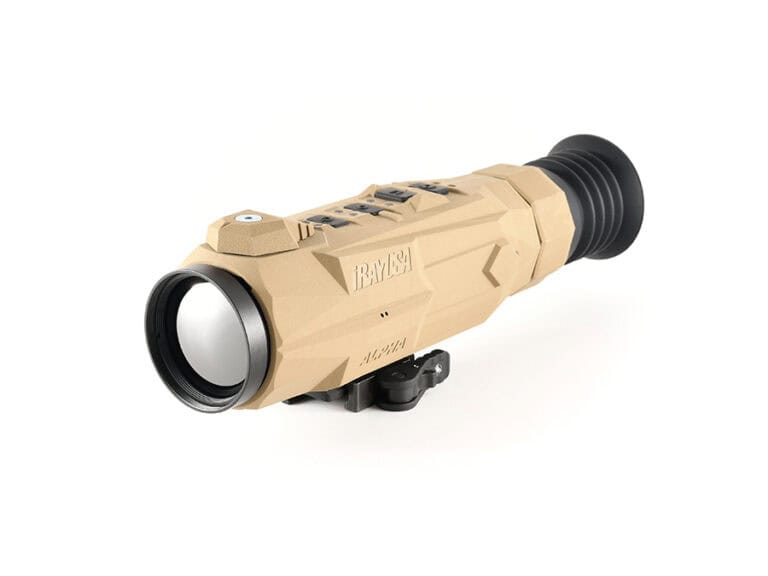
iRayUSA is proud to announce the availability of the new pack-leader in the thermal riflescope market, the RICO ALPHA.
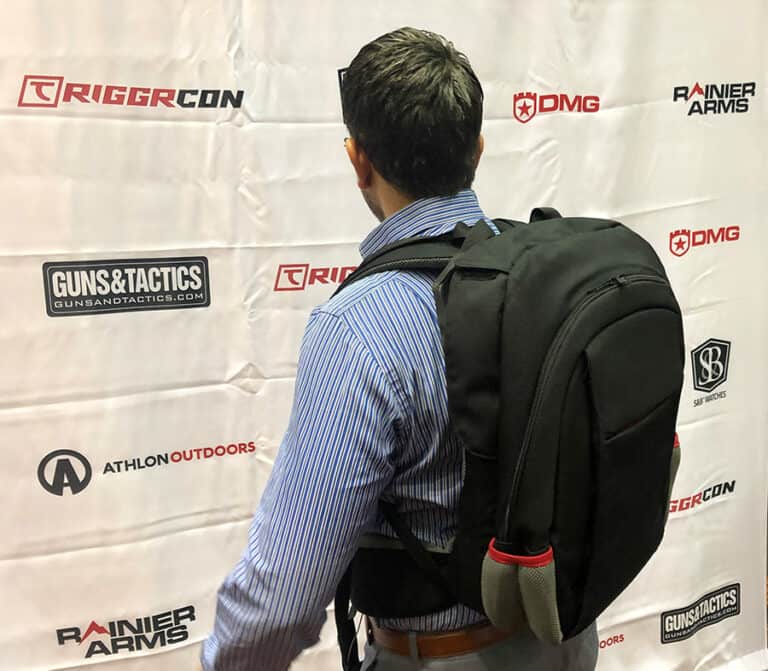
All the way from Israel, Zahal is showing off the Masada Valkyrie bulletproof concealable body armor backpack system deployable in 2 seconds.
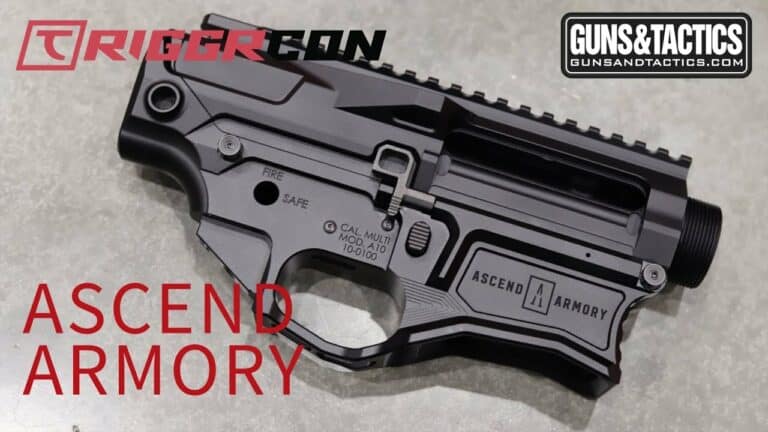
In this episode we hang out with Steve Fisher from Sentinel Concepts at the range. We completed his Practical Urban Carbine course and go over the background of…
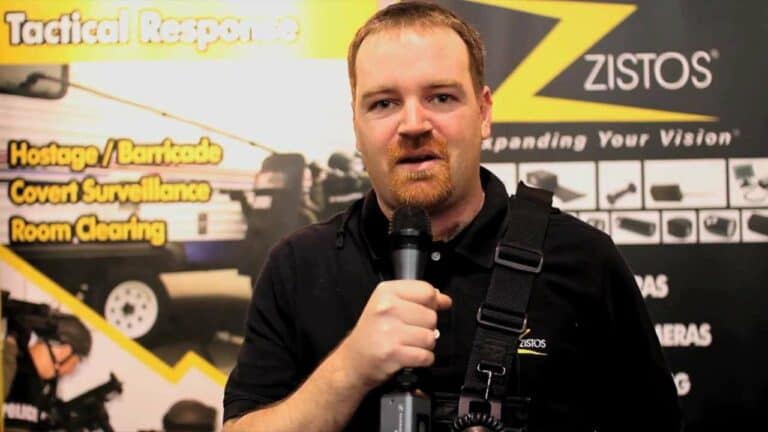
We witnessed some fantastic technology at SHOT Show this year, and one of our favorites was Zistos Corporation. The folks at Zistos make a lot of super cool…
Doug has a diverse background, both professionally and privately, in firearms, self-defense, and tactics… but most importantly, he’s a tactical parent. He writes from the unique perspective of…
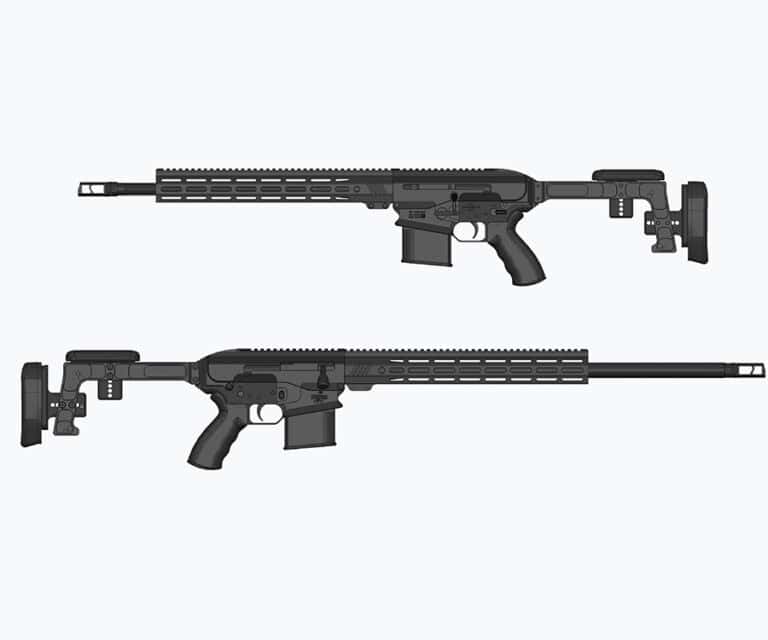
The BA30™ was crafted utilizing the XM-10™ barrel and bolt design bringing a versatile straight-pull bolt action to the market.
© 2025 UN12 Magazine
© 2025 UN12 Magazine
Wait! Don’t forget to